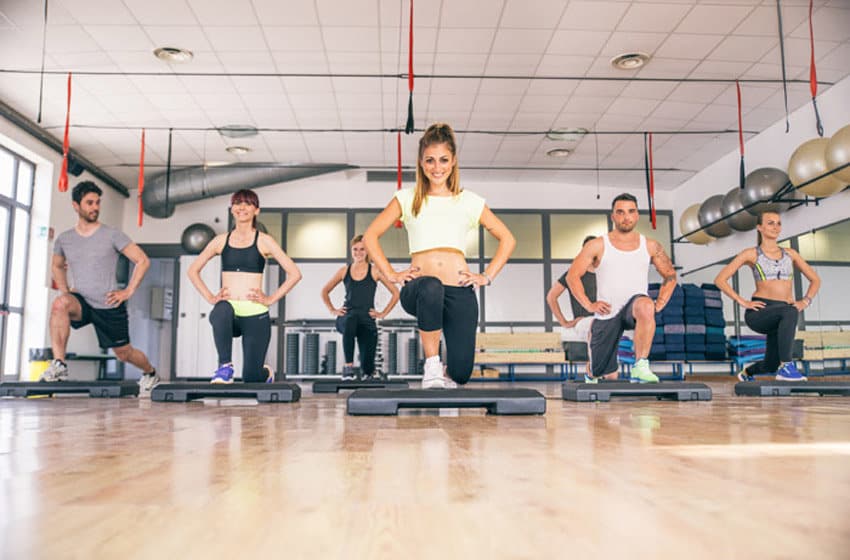10 Precautions to Prevent Sports Injuries
Getting hurt is part of playing sports. Freak accidents happen. Regardless of intensity, any physical activity can result in muscle soreness. Still, practicing athletic pursuits shouldn’t sideline you. There are ways to remain in one piece and healthy no matter how hard you play. Remember these 10 tips for preventing sports injuries.
- Get Screened Beforehand
A preseason physical examination will evaluate your body’s condition. Feeling hale and hearty differs from being fit to play. In a fitness check, your health care provider thoroughly assesses the specific body parts you mostly need to perform your sport well and safely. The goal is to identify physical limitations you may have during the checkup.
Catching potential health issues early matters to protect yourself from injury. This way, you can take steps to address these areas of concern effectively and understand the limits of what you can do as you strengthen your body.
Scheduling a medical exam is vital even if you’re not an athlete. Unwinding with friends at a bowling alley, playing hoops at an outdoor court, going on a rock climbing date or practicing your swing at a driving range is fun only if you don’t impair yourself.
- Take Warmups Seriously
Warmups tell your muscles to wake up and prepare for more intense physical activity. Otherwise, extraordinary movement may prove too much and lead to a sprain or a tear.
A mix of static and dynamic stretches is ideal. However, experts advise against ballistic stretching. Using your body part’s momentum to extend its normal range of motion doesn’t let your muscles relax and adapt to a new position.
- Master Correct Techniques
Proper mechanics is the key to staying healthy in sports for as long as possible. Some of the greatest athletes play unorthodox, separating them from the rest. Still, a few deviations from tried-and-true techniques, like Serena Williams’s open-stance backhand or Lyoto Machida’s crane kick, are genius.
If you want to play with flair, ensure your game is fundamentally sound first. Familiarize yourself with the rules to know which ones to break to boost your performance.
- Use Proper Equipment
Standard gear and facilities exist for a reason — preventing sports injuries.
Gym floors with 22%-40% shock absorption promote long-term joint health. Batting gloves help discourage blister formation. Modern football helmets reduce the risk of concussions.
Playing sports competitively or recreationally with improper equipment is a disaster waiting to happen.
- Develop Healthy Eating Habits
Aside from enjoying a balanced diet, observing a regular eating schedule is necessary. Your body needs enough fuel to repair damaged tissues, reducing your chances of hurting yourself.
Being particular about what’s on your plate every breakfast, lunch and dinner can be a chore. Still, it’s necessary to achieve your weight loss, gain or maintenance goals without endangering yourself.
- Put a Premium on Hydration
Your muscles perform optimally and are less susceptible to sprains, fractures and other injuries involving joints and bones when you’re hydrated. Drinking plain H2O can keep you fresh while training or playing, especially on a hot, humid day, but other beverages fit the bill better. One of them is lemon water.
Lemon water is an effective hydration drink. It can replenish the fluids you lose while maintaining your weight. As a bonus, it’s a tasty treat, a rich source of vitamin C and a terrific mood booster.
- Let Your Body Heal
Rest and recovery are paramount to avoid putting too much stress on your ligaments, tendons, muscles and bones. A good rule of thumb is taking time off at least one day a week. Alternating days of intense physical activity and active rest are worth considering, too.
It’s also vital to get enough sleep. Having adequate shuteye is instrumental in preventing sports injuries, for it helps the body parts you frequently use when playing sports recuperate.
- Massage Yourself Regularly
Massage therapy reduces your risk of soft tissue injury. Relieving muscle aches, deep soreness and stress feels great, too. If you have a personal percussive massager with a 6-inch surface area, you can reach your mid-back to release tension and stiffness on your own. Massaging yourself twice daily for 10 minutes per session can produce noticeable results.
- Do Various Physical Activities
Cross-training has merits. Different sports require various movements, so diversifying your physical activities allows you to give the body parts you repeatedly use a break.
- Acknowledge When Something Feels Wrong
If you play a particular sport long enough, you’ll know when a certain kind of discomfort is unusual. Decreased performance, nagging pain in an overused body part or prolonged fatigue may indicate a potential injury. Bring the matter to your coach’s or sports medicine physician’s attention to get you checked instead of pushing yourself further and playing through it.
Do What You Can to Prevent Sports Injuries
Myobuddy is democratizing muscle therapy. Our professional self-massage tools can relieve pain after playing your favorite sport and help you recover to keep doing what you love. See what makes our various models unique to choose the one that suits you best.





